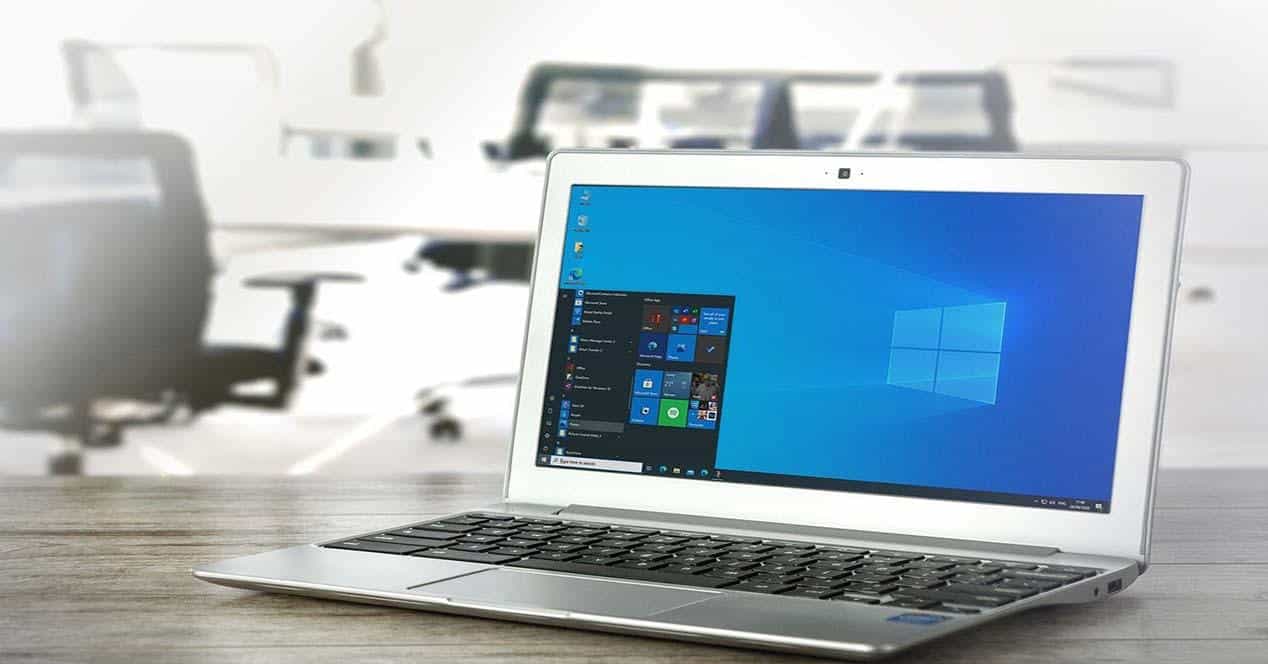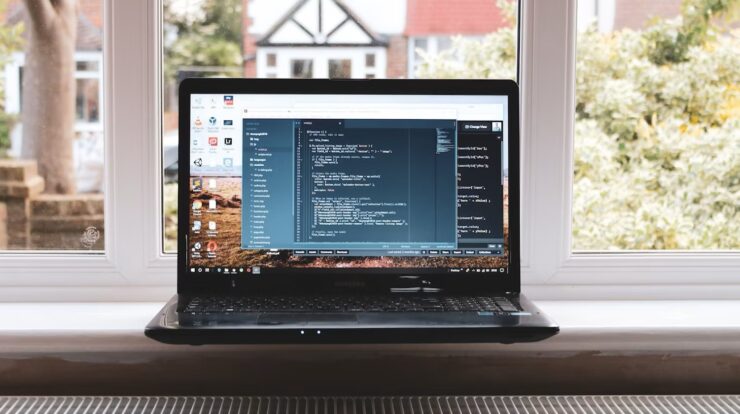
The computer has become one of the essential needs of today’s world. Life is literally incomplete without technology, as we are mostly dependent on the internet for problems relating to work life and personal life. If the computer offers so much ease, it needs equal attention and care too. As there are many viruses to which the computers are vulnerable, and one of the errors notorious for its fatality is a BSOD Error
Amongst different BSOD Errors, the ones that do the most damage and impede the normal functioning of the computer are critical process died an unexpected kernel mode trap. Moreover, another BSOD error wreaks equal havoc on your computer and Kernel Security Check Failure BSOD. There are manifold reasons for this error, including faulty hardware, outdated driver, and corrupted system file.
Ways to Fix a Kernel Security Check Failure Error Windows 10
If you ever came across an Error Kernel Security Check Failure BSOD and are confused about how to resolve it, don’t worry, as, in this article, we will tell you how to fix the problem. However, before resorting to the ways to Fix Kernel Security Check Failure BSOD, it is vital to know the leading cause about what exactly are causes behind Kernel Security Check Failure BSOD.
While it may be difficult to spot the reason behind a BSOD error, with the Kernel Security Check Failure BSOD, the issue indicates two things: a corrupted file or any hardware problem. These two main problems can force your computer to try and access the invalid Windows kernel. The illegal access results in a failed integrity check and crashes the computer, causing Kernel Security Check Failure BSOD.
If the system files are corrupted, you should run Windows Update to resolve the problem, as it will install the available system updates that include device driver updates. You may also want to run other maintenance tools, such as System File Checker and Check Disk (chkdsk), with Windows PowerShell‘s help.
If the error is because of hardware issues like faulty system memory, you should first test your hardware. In case of any detected failure, you should first deem replacing the hardware. If that doesn’t work either, abrupt actions like resetting Windows would be the last resort.
Here are some other causes of Kernel Security Check Failure BSOD and some possible solutions to Fix Kernel Security Check Failure BSOD.
Checking for System and Driver Updates
Mostly an outdated system with missing bug fixes is the reason behind BSOD Kernel Security Check Failure. To fix the problem, you are required to check Windows Update for the new system and driver updates.
- Right-click the Start menu and opt for the Settings option.
- Choose Update & Security > Windows Update and later select Check for Updates for scanning new updates. In case of available downloads, select Download to start the installation process. After installing the available update, restart the computer to be done with the process.
Though updated drivers should resolve the problem, sometimes Kernel Security Check Failure is caused by new drivers. Suppose this is the case, then you may desire to roll back a driver right after you are done updating your device drivers, be it manually or through Windows Update.
Running the System File Checker and CHKSDSK Tools
If the reason behind Kernel Security Check Failure BSOD is corrupted files, the best thing to do in that case would be to check the integrity of the system files and the hard drive’s file system with the help of System File Checker and Chkdsk tools. Follow these steps:
- Firstly, Right-click the Start menu to open a new Windows PowerShell window and select the Windows PowerShell option.
- Secondly, type sfc/scannow in the PowerShell to run the System File Checker tool. Wait for the SFC to complete the scan of the system files. When the result comes out, repair the scanned problems.
- To check the system drive’s file system integrity, type chkdsk C: /f with the help of the SFC tool complete. Windows will require you to plan this for the next reboot, letting a boot level scan of the drive to finish. Type Y to confirm, hit Enter to re-confirm and restart the computer.
Though SFC and Chkdsk may not be the best solution to the problem, running it will help you guide if the system files are faulty or not.
Testing the System Memory
If the SFC and Chkdsk do not offer any solution to Kernel Security Check Failure BSOD, you should look deeply into your hardware. Sometimes, memory issues can also be the reason for the error, and the best way to check the health of the system memory is to test it. Here is what you need to do if this is the case.
- To run the system memory test, use the built-in Windows Memory Diagnostic tool. Right-click the Start menu to select the Run option.
- Type mdsched.exe in the Run box and hit Ok.
- The Windows will ask permission to start the test in the Windows Memory Diagnostic window. Choose the option “Restart now and check for options”. You can also select the “Check for problems the next time I start my computer” option.
The Memory Diagnostic tool runs an extensive test of the system memory to be certain that it is working fine. In case you manage to detect the issue, better deem replacing the system memory to fix the problem.
Resetting Windows10
When all the other options loses watching the Kernel Security Check Failure BSOD, you are left with resorting to the extreme possibilities like resetting Windows10, as it seems the only way to keep the computer going. In resetting, your data become vulnerable, and there are chances you may lose it; therefore, be sure to back up important files before you start. Once you are done, follow these steps now.
- Firstly, right-click the Start menu and now opt for Settings.
- Select Update & Security > Recovery > Get started in the Settings menu to initiate the reset process.
- You will be provided options in the Reset this PC menu to keep your file intact or wipe your drive. Opt for the options like “keep my files” or “Remove everything”, depending on your choice.
It is pertinent to remember that the process only works when the Windows are capable of booting. If they are not, you are supposed to create Windows10 installation media with the help of a USB drive or even a DVD. You should better follow the on-screen installation instruction for resetting Windows10.
Also, Check :
Final Words:
All these ways mentioned above are the common causes as well as remedies to Kernel Security Check Failure BSOD. This would help if you were vigilant about keeping your windows system updated. Your computer should also be equipped with security and bug fixes. Running a malware check without any break might also be the cause their computer is running. Moreover, any error owing to a faulty hard river should be treated by upgrading the computer with the new hardware or building and buying a new computer in the first place.


